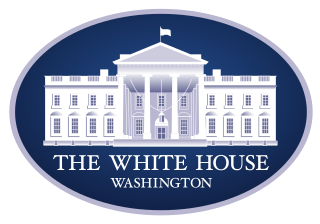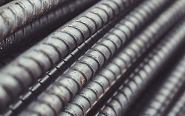Trade Cases

Letter to the Editor: ‘Where is the Threat?’
Written by Tim Triplett
June 29, 2017
As if it is not enough to call every ton of imported steel “dumped,” “subsidized” or “unfairly priced,” steelmakers are now using a scare tactic by telling our politicians we need a strong domestic steel industry in the interest of national security. As a Bloomberg report pointed out, less than 3 percent of the steel consumed in the USA is going into the defense industry. Even the energy sector consumes only about 6 percent. That’s about 1 million tons for these two important industries. Where is the threat?
Of the 10 largest exporters of steel into the USA, eight are close allies, which includes about 25 percent coming from our NAFTA partners, who also happen to be the destination of 85 percent of our steel exports. Three of these are NATO members. Take out Russia and China if you want, but other than this where is the threat?
If a healthy domestic steel industry is so important for our national steel security, why have the majority of the expansions and acquisitions in the last decade been done by foreign companies such as ArcelorMittal, ThyssenKrupp, Evraz, NLMK, Essar, JSW, Vale and Gerdau? With the exception of Nucor and Big River, no domestic steelmaker has made a major expansion. The last blast furnace built in the USA was in 1967 in Burns Harbor.
After WWII, the USA was the major industrial powerhouse in steelmaking and steel processing. We lost names such as Bethlehem Steel, Republic Steel, Armco, Lukens and others. While competition from imports certainly played a role, it was mostly due to old technologies, high wages and outdated equipment that these companies went out of business. Steelmaking equipment used to be made in the USA; today almost everything is imported.
The U.S. steel industry has looked for help from Washington for over 50 years. Except for Nucor, SDI, Big River and possibly CMC, most companies are too weak financially to engage in modernization.
Closing the borders to imports is not going to be the solution. It will only kill a lot more jobs in other industries than can possibly be saved in the steel industry.
Steel Trader
(name withheld on request)
Note: Steel Market Update welcomes letters to the editor. SMU will honor authors’ requests for confidentiality in cases where they may suffer repercussions for expressing their views. We reserve the right to edit comments for style and clarity, and to decline to publish letters we feel are inaccurate or inappropriate.

Tim Triplett
Read more from Tim TriplettLatest in Trade Cases

Price: Reciprocal tariff changes and potential new tariffs for Brazil, Canada, others
Trade issues do not seem poised to leave the headlines anytime soon. And as recent developments show, the administration’s tariff policy remains ever-changing.

Bessent on Vietnam: 20% tariff stands, Section 232 protections apply
US Treasury Secretary Scott Bessent told reporters that tariffs for Vietnamese imports to the US are 20% and "specific industries" have trade protections under the Section 232 tariffs.

Steel groups welcome passage of budget bill
Steel trade groups praised the passage of the Big Beautiful Bill (BBB) in Congress on Thursday.

Canada moves to curb steel imports with TRQs
Canada has implemented tariff-rate quotas (TRQs) on steel imports to help stabilize its domestic market.

Commerce launches probe into unfairly traded rebar imports
Here are the details and a case timeline for the rebar trade case recently initiated by the Commerce Department.
